Historic Inverary Park Heads to Auction
Inverary Park is on the market for the first time in over 150 years, and the second time ever
Saturday the 17th of August, the historical NSW homestead and property known as Inverary Park will head to auction for sale.
The property, which was first settled in 1820, has been in the Broadhead family for 168 years and five generations. It has only ever been sold once before, when David Broadhead first purchased the property from the Reid family for a whopping £2,600 in 1853. With its historic buildings, rich farmland and ideal location, however, the property seems set to sell for slightly more today: the price guide suggests that prospective buyers will have to fork out $6-7 million to own this magnificent piece of Australian history.
The back of the historic Inverary Park homestead in 1920. Image credit Diane and Phillip Broadhead
Inverary Park boasts 460 hectares of prime NSW farming land in a central location, located just 2 hours from Sydney, 1.5 hours from Canberra, and 30 minutes from Goulburn. The homestead was convict-built and dates back to 1834, but despite its rustic charm and historic significance, this six-bedroom, two-level home is perfectly equipped for modern living.
Inverary Park's elegantly-furnished main bedroom
The home features five fireplaces, spacious and airy kitchen, two bathrooms, a basement/wine cellar, and a covered verandah with plenty of room for outside seating, among other amenities.

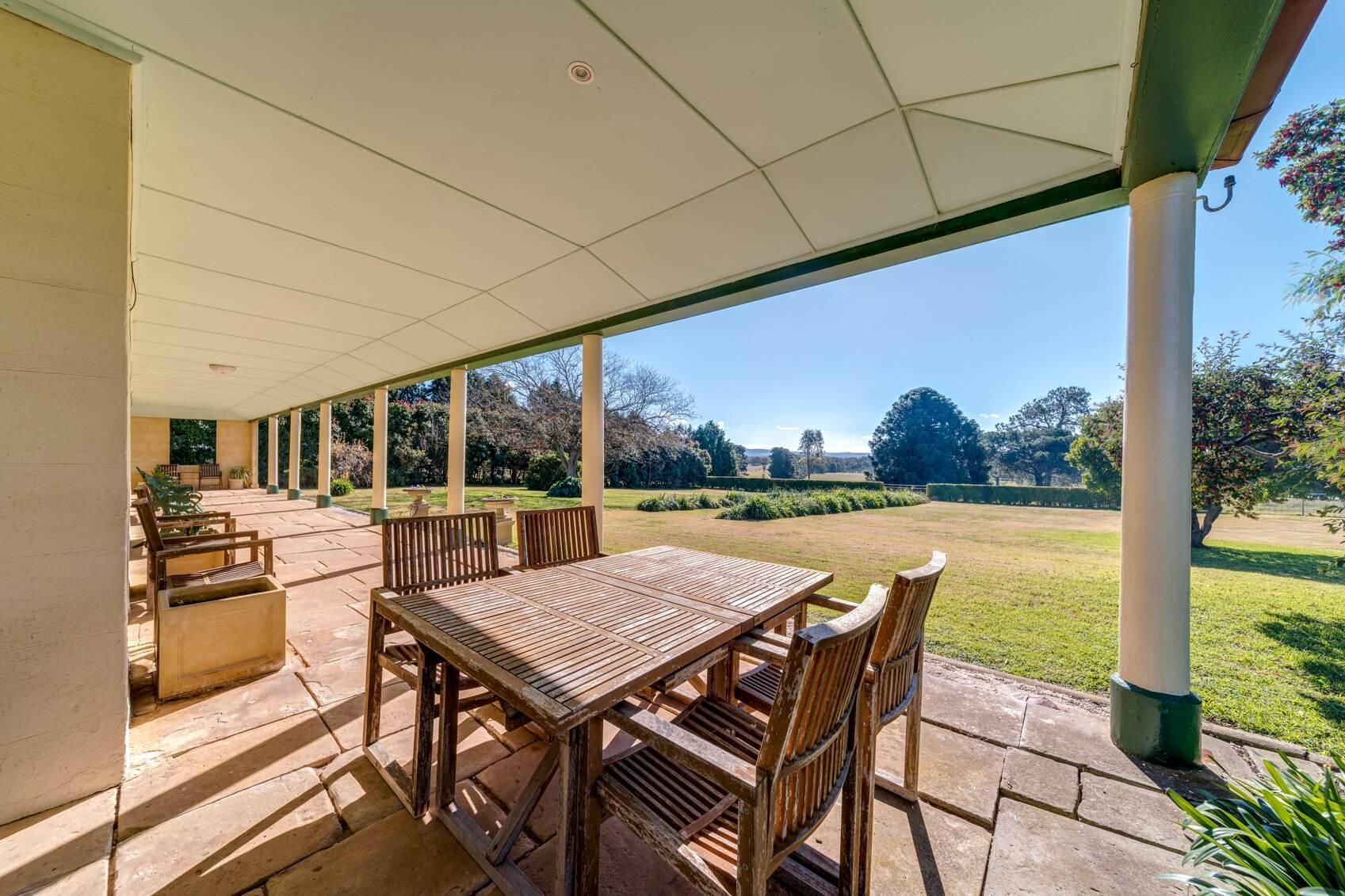


Features of the home at Inverary Park
Outside the house, the property is also fitted out with all the equipment a farmer could ever need. It features a 3-stand shearing shed complete with two-bedroom shearers quarters (itself with a bathroom, laundry and fireplace), two machinery sheds, two open bay sheds, and a workshop. The property is watered by spring, bore, nine dams, and 200,000 litres of water tanks.
Inverary Park is ideally suited to farming. The property has produced top-quality cattle and sheep (both for wool and meat) for the Broadhead family for 5 generations, but has also been used for cropping, originally wheat & oats and later canola. In the words of current owner Phillip Broadhead, "It would not disappoint any farmer with the quality basalt soils and pastures which have repeatedly produced top quality livestock and crops throughout the generations."
Cattle grazing at Inverary Park
One other exciting aspect of Inverary Park is the presence of an original slab hut on the property, which was inhabited by the property's first owner, Dr. Reid, and his family. The hut is believed to have been built circa 1821, which, if true, would make it one of the oldest timber buildings in NSW. It is dilapidated after standing on the property for over 200 years, but is certainly not beyond repair.
The property's historic slab hut
Inverary Park's current owners, Phillip and Diane Broadhead, share a deep love for this historic Australian property. Their favourite aspect of the property is “the view from the front verandah on a stormy summer’s night watching nature’s fireworks,” but both also appreciate the privacy it affords them while still lying in close proximity to Sydney and Canberra.
A birds-eye view of Inverary Park. Image credit Matt Maas, Eye Above Photography
However, the Broadheads recognise that it is time for them to move on. “Phillip will be 70 next birthday. Running a property of this size requires a large amount of time and energy, and we would like to spend more time with our family,” Phillip and Diane wrote in an email to Farmbuy.com. They would have been happy to see the farm stay in the family, but "have accepted the next generation have pursued career paths outside of agriculture."
Inverary Park is something of a local legend and was featured in Rachel Roxburgh’s novel Early Colonial Houses of New South Wales. The custodians of the property also have a number of stories about it, which are currently being compiled in a book entitled Inverary Park 200 Years. The compendium is set to be published by the end of 2021, by which time a new chapter should be beginning on the property, as it passes into new hands for the first time in a very long time.
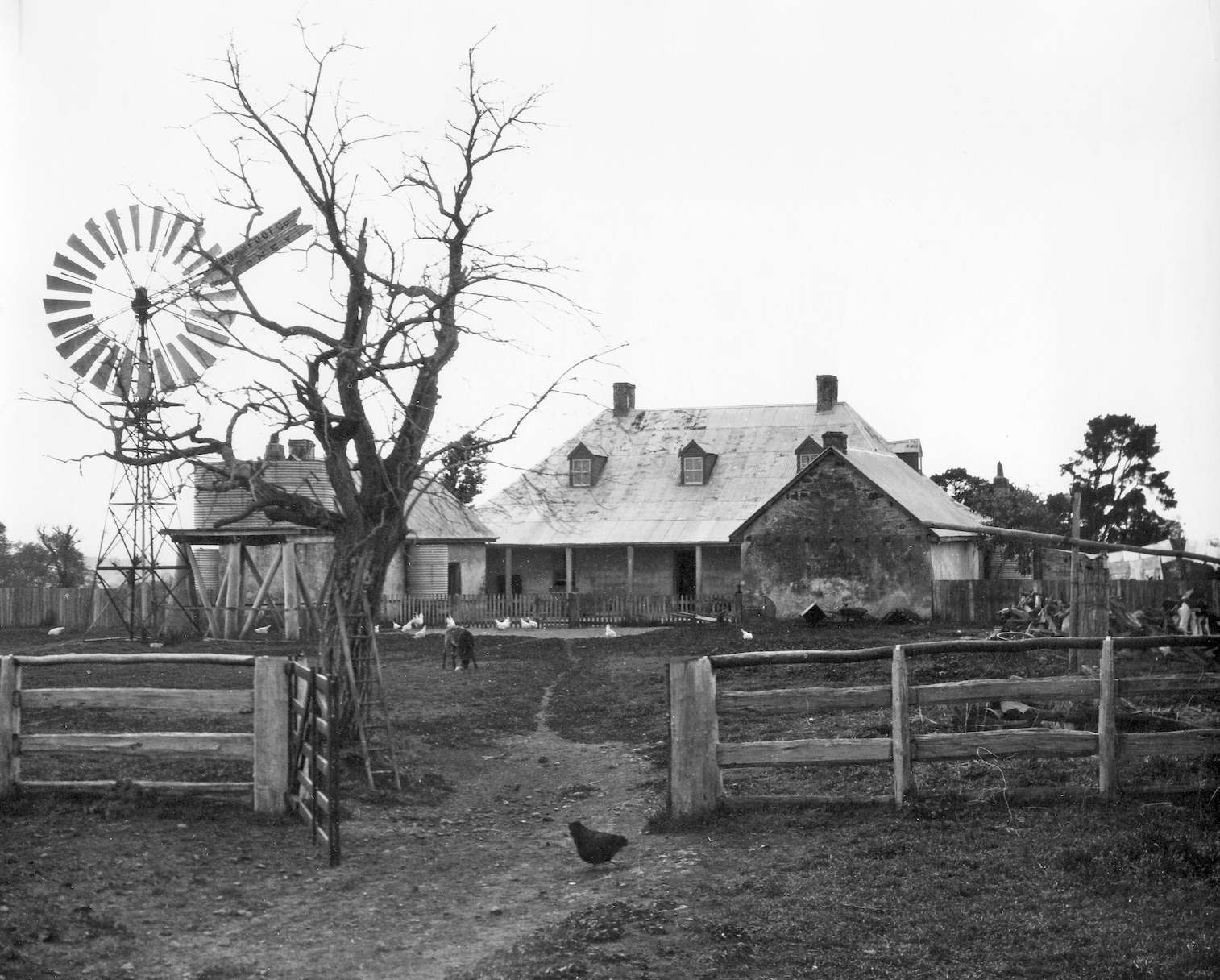
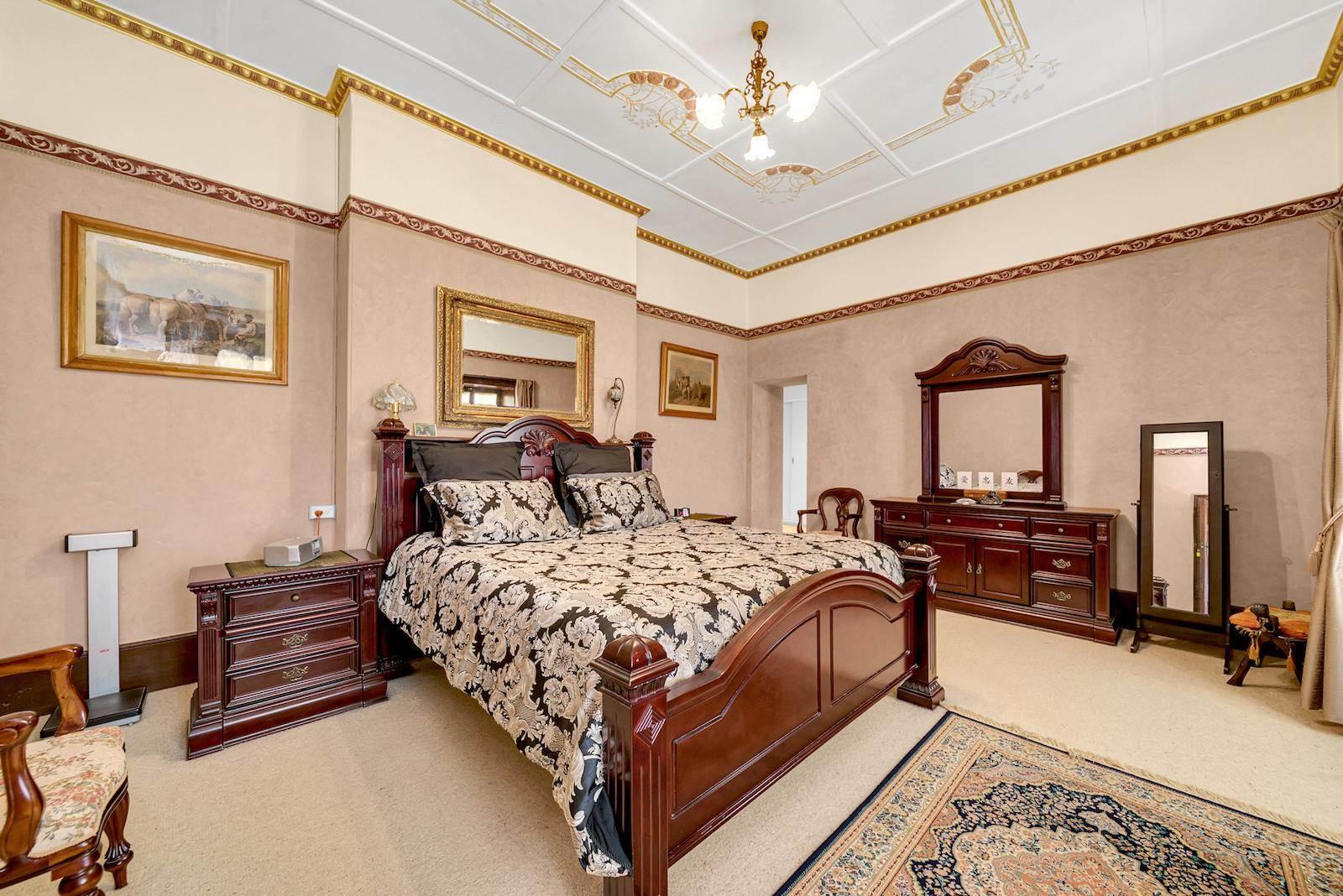

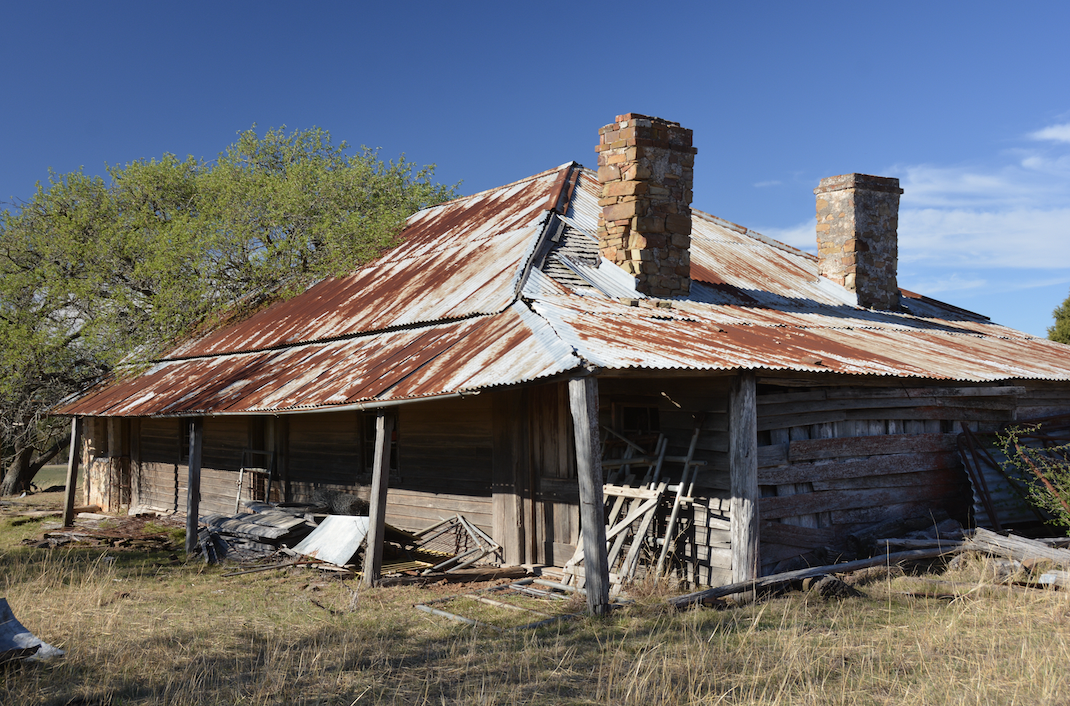

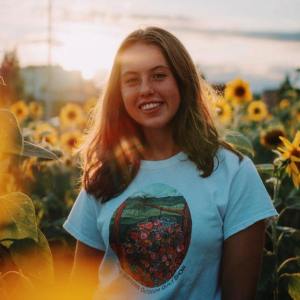
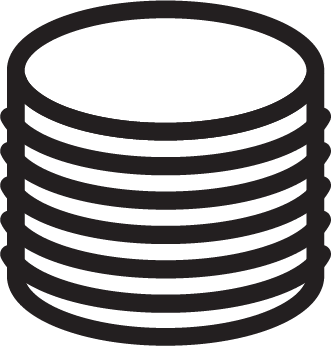 Tanks
Tanks